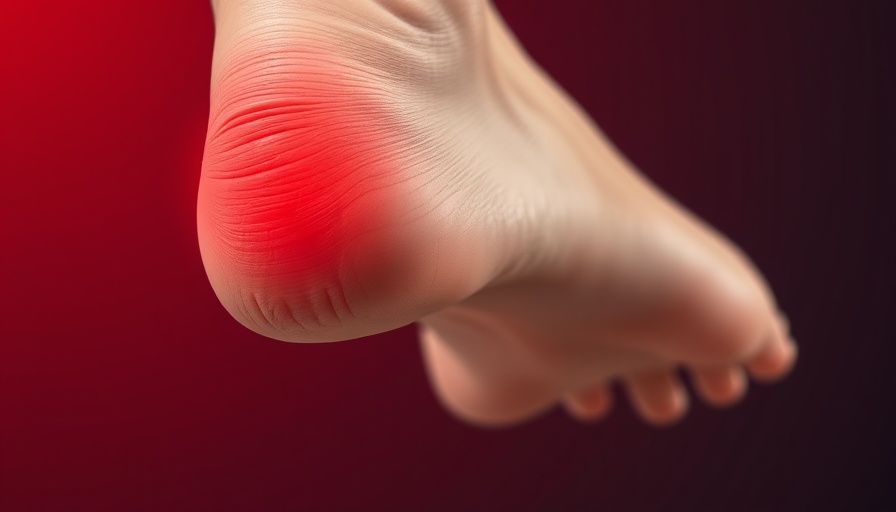
Understanding Heel Spurs: The Athletic Challenge
For more than 10% of the population, heel spurs represent a painful barrier to mobility, especially for athletes. Known scientifically as plantar fasciitis, this condition occurs when calcium deposits build up on the underside of the heel bone. Symptoms typically include sharp pain during activities that strain the foot, such as running or jumping, leading many to wonder, how can we best address this issue?
Effective Physiotherapy Strategies for Heel Spurs
Physiotherapy is a potent avenue for alleviating heel spur pain and restoring function. Tailored treatments may include stretching exercises aimed at improving the flexibility of the Achilles tendon and plantar fascia, the connective tissues that often suffer from stress.
In addition to stretches, physiotherapy may also involve techniques such as ultrasound therapy, which can reduce inflammation, as well as manual therapy that can facilitate pain relief and improve circulation. Consistency is key; regular sessions, along with adherence to a tailored stretching routine at home, can pave the way for effective healing.
Why Prevention is Better than Cure
It's essential not only to treat heel spur symptoms but also to prevent them. Athletes should prioritize wearing appropriate footwear that supports the arches and minimizes strain on the heel. Knowing when to replace running shoes or using orthotics can significantly lower the risk of developing heel problems.
The Emotional Toll of Pain: Insights for Athletes
Let’s not overlook the psychological impact of enduring constant pain. Athletes thrive on performance, and a heel injury can lead not only to physical discomfort but also a sense of loss or frustration. Understanding that heel pain might limit their training, can motivate athletes to take early preventive measures. Seeking guidance from professionals like physiotherapists also fosters a proactive mindset for athletes.
Incorporating Holistic Practices: Beyond Conventional Treatment
To augment physiotherapeutic practices, athletes might also explore yoga and mindfulness techniques. These approaches help enhance flexibility, alleviate stress, and promote overall well-being, mirroring the focus in many professional sports environments today. Integrating mental relaxation can be just as pivotal as physical recovery, providing a balanced approach to tackling heel spur issues.
When It's Time to Seek Further Help
Should symptoms persist despite physiotherapy, consulting a specialist to explore further treatment options may be necessary. Options like corticosteroid injections or even surgical approaches can be considered, but should always be a last resort. Patience and steady management often lead to the best outcomes.
Conclusion: Taking Control of Your Physical Health
For athletes contending with heel spur pain, understanding treatment options and preventive measures is vital. Recognizing the importance of physiotherapy can transform the approach to managing and overcoming this common condition. Keep your training strong, and don’t hesitate to prioritize your health!
 Rij toevoegen
Rij toevoegen






 Rij toevoegen
Rij toevoegen



Write A Comment